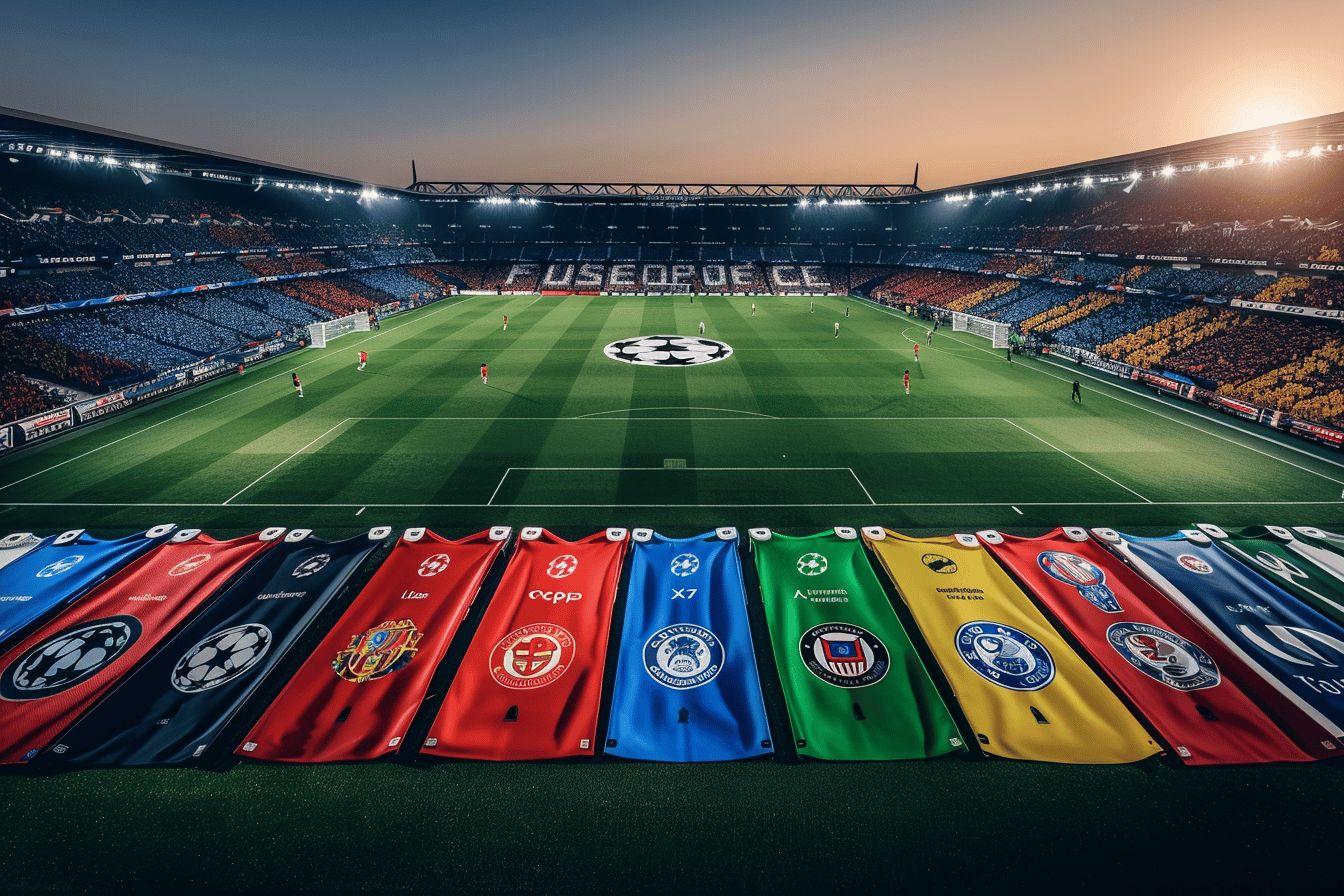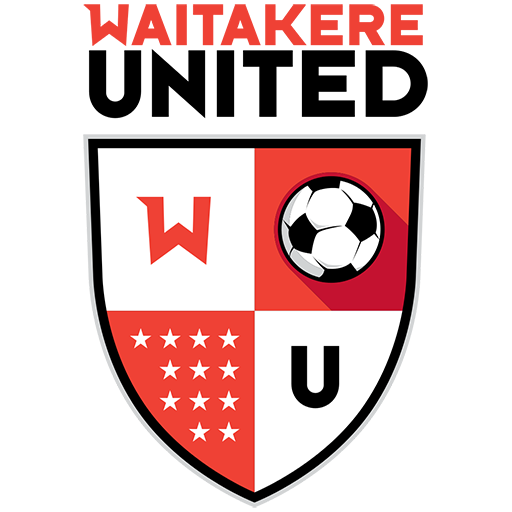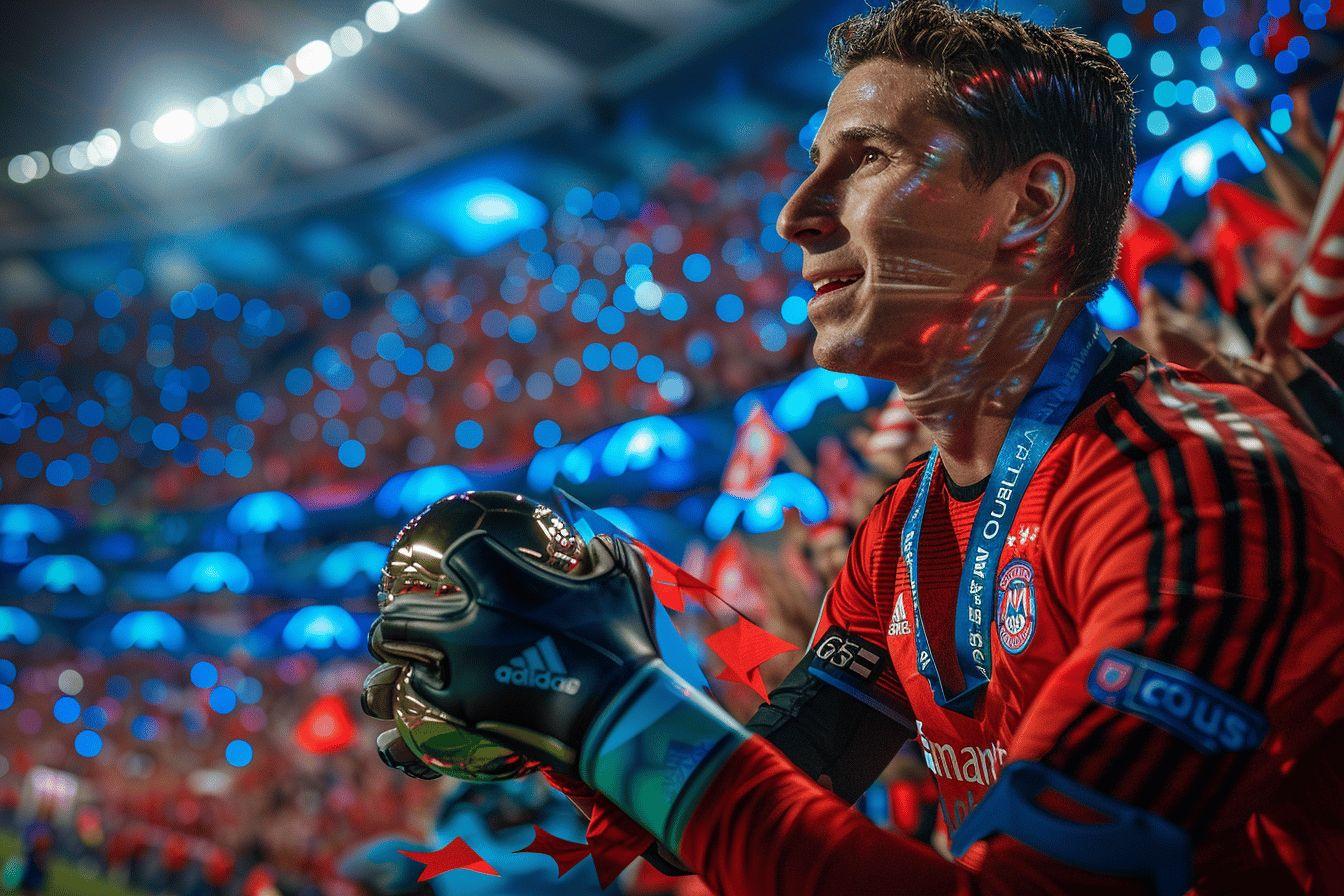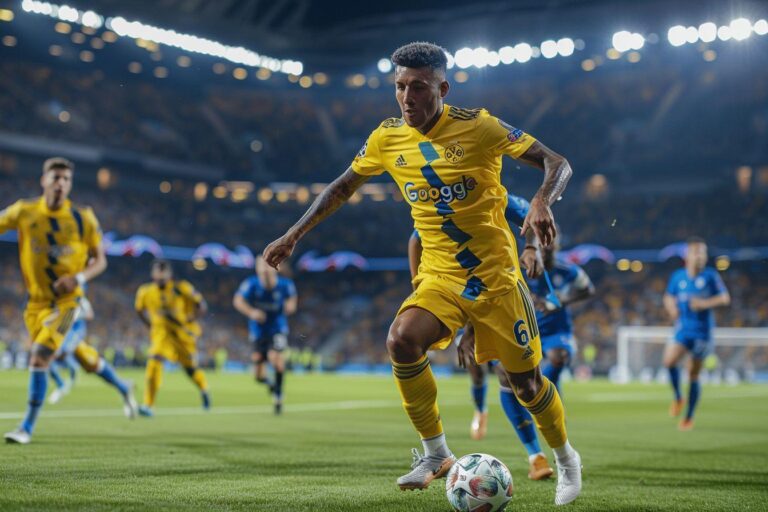FIFA Club World Cup 2025 : complete guide to format, schedule, teams and stadiums in USA
The FIFA Club World Cup 2025 marks a revolutionary chapter in club football history. For the first time, this prestigious tournament expands to include 32 teams from six confederations, transforming from an annual seven-team competition into a quadrennial mega-event. Hosted across the United States from June 14 to July 13, 2025, this expanded format mirrors the structure of the FIFA World Cup’s traditional format. The tournament will showcase the world’s elite clubs battling for global supremacy in a month-long football festival. The betting markets are already heating up for what promises to be an unprecedented spectacle of club football talent concentrated in American stadiums. This comprehensive guide breaks down everything you need to know about the format, qualified teams, host venues, and potential matchups.
Tournament format and structure
The 2025 FIFA Club World Cup represents a complete reimagining of the competition, abandoning the previous compact format for something far more ambitious. Unlike the yearly seven-team tournament we’ve become accustomed to, this expanded version adopts a structure that football enthusiasts worldwide will immediately recognize. The competition’s dramatic expansion creates a true world championship that properly reflects the global reach of club football.
Group stage format
The tournament features 32 qualified clubs divided into eight groups of four teams each. Every team will play three matches in a single round-robin format, facing each group opponent once. Points accumulate in traditional fashion—three for a win, one for a draw, zero for a loss. The top two finishers from each group advance to the knockout phase, meaning 16 teams will progress while 16 will exit. This structure guarantees every club at least three matches on the global stage, creating meaningful competition from the tournament’s opening day.
| Group Stage Format | Details |
|---|---|
| Teams per group | 4 |
| Matches per team | 3 |
| Format | Round-robin |
| Teams advancing | Top 2 from each group (16 total) |
Knockout stage structure
Once the group stage concludes, the tournament transitions to a single-elimination knockout format. The 16 advancing teams enter the Round of 16, followed by quarterfinals, semifinals, and ultimately the grand final at MetLife Stadium. Unlike the previous format, there will be no third-place playoff. Any knockout matches tied after 90 minutes will proceed to extra time and, if necessary, a penalty shootout to determine the winner. This structure creates a clear path to glory while ensuring every match carries significant stakes.
- Round of 16: 8 matches between group winners and runners-up
- Quarterfinals: 4 matches between Round of 16 winners
- Semifinals: 2 matches determining finalists
- Final: Championship match at MetLife Stadium
Competition timeline
The tournament spans exactly one month, beginning June 14, 2025, with the opening match at Hard Rock Stadium in Miami Gardens and concluding July 13 with the final in East Rutherford, New Jersey. The group stage will occupy the first two weeks, with the knockout rounds filling the latter half of the competition. This schedule allows sufficient recovery time between matches while maintaining tournament momentum. The timing places the event immediately after many domestic league seasons conclude, positioning it as the climactic culmination of the club football calendar.
Qualification system and participating teams
The FIFA Club World Cup 2025 features a sophisticated qualification system designed to ensure representation from all global confederations while maintaining competitive balance. The distribution of slots reflects the relative strength of each confederation in global club football, with European and South American clubs receiving the largest allocations based on their historical dominance in international competition.
Continental allocation
FIFA has meticulously divided the 32 tournament slots across the six confederations and provided one spot for the host nation’s representative. The distribution heavily favors UEFA with 12 slots, acknowledging European clubs’ traditional strength in international competitions. CONMEBOL receives six places, while AFC, CAF, and CONCACAF each claim four spots. Oceania’s OFC secures a single representative, and the final slot goes to Inter Miami CF as the host country’s designated club. This allocation ensures global representation while recognizing competitive disparities between regions.
| Confederation | Number of Slots |
|---|---|
| UEFA (Europe) | 12 |
| CONMEBOL (South America) | 6 |
| AFC (Asia) | 4 |
| CAF (Africa) | 4 |
| CONCACAF (North/Central America) | 4 |
| OFC (Oceania) | 1 |
| Host Country | 1 |
Qualification methods
Teams qualified through two primary pathways: by winning continental championships between 2021-2024 or by earning sufficient ranking points within their confederation during this period. Continental champions automatically secure their place, with remaining slots filled according to confederation rankings. An important restriction limits nations to a maximum of two clubs, unless additional teams qualify as continental champions. This rule prevents any single country from dominating the tournament lineup while ensuring the most accomplished clubs earn their place on merit.
- Continental champions from 2021-2024 competitions receive automatic qualification
- Remaining slots filled through confederation ranking systems
- Two-club limit per country (except for additional continental champions)
- Rankings determined by performance in continental competitions
Qualified teams by confederation
The roster of qualified teams represents a who’s who of global football powerhouses alongside emerging forces. From Europe, perennial Premier League titans like Manchester City and Chelsea join Spanish giants Real Madrid and traditional European powers Bayern Munich and Juventus. South America contributes Brazilian champions Palmeiras, Flamengo, and Fluminense, alongside Argentina’s storied Boca Juniors and River Plate. The Asian contingent features Saudi powerhouse Al Hilal, while Africa’s representatives include record champions Al Ahly. The hosts are represented by Inter Miami CF, who secured their spot by winning the 2024 MLS Supporters’ Shield.
- UEFA: Chelsea, Real Madrid, Manchester City, Bayern Munich, PSG, Inter Milan, Porto, Benfica, Dortmund, Juventus, Atlético Madrid, RB Salzburg
- CONMEBOL: Palmeiras, Flamengo, Fluminense, Botafogo, River Plate, Boca Juniors
- CONCACAF: Monterrey, Seattle Sounders, Pachuca, TBD (replacement for León)
- AFC: Al Hilal, Urawa Red Diamonds, Al Ain, Ulsan HD
- CAF: Al Ahly, Wydad AC, Espérance de Tunis, Mamelodi Sundowns
- OFC: Auckland City
- Host: Inter Miami CF

Host cities and venues
The United States will showcase 12 stadiums across 11 cities for the FIFA Club World Cup 2025, providing world-class facilities spanning coast to coast. The selection encompasses NFL cathedrals, soccer-specific stadiums, and iconic venues with rich sporting histories. This geographic distribution ensures the tournament reaches diverse fan bases throughout America while minimizing excessive travel demands on participating teams.
Primary venues
The tournament’s most significant matches will unfold in America’s premier sporting arenas. Hard Rock Stadium in Miami Gardens will host the opening match, setting the stage for a month of elite competition. The grand final will take place at MetLife Stadium in East Rutherford, New Jersey, with its impressive 82,500 capacity providing a fitting stage for the championship’s culmination. Other major venues include Atlanta’s Mercedes-Benz Stadium, Seattle’s Lumen Field, and the iconic Rose Bowl in Pasadena, which boasts the tournament’s largest capacity at 88,500 spectators.
| Key Venues | Capacity | Significance |
|---|---|---|
| MetLife Stadium (East Rutherford, NJ) | 82,500 | Final venue |
| Hard Rock Stadium (Miami Gardens, FL) | 65,000 | Opening match venue |
| Rose Bowl (Pasadena, CA) | 88,500 | Largest tournament venue |
| Mercedes-Benz Stadium (Atlanta, GA) | 75,000 | Major knockout round venue |
Regional distribution
The tournament’s geographic footprint stretches across the United States, representing diverse regions that collectively showcase America’s passion for the beautiful game. The East Coast features venues in New Jersey, Philadelphia, Washington D.C., and Florida. The South is well-represented with stadiums in Atlanta, Charlotte, and Nashville. Seattle anchors the Pacific Northwest, while California’s Rose Bowl represents the West Coast. This strategic distribution ensures fans nationwide can experience the tournament firsthand while exposing international visitors to America’s regional diversity.
- East Coast: MetLife Stadium, Lincoln Financial Field, Audi Field, Hard Rock Stadium, Camping World Stadium, Inter&Co Stadium
- South: Mercedes-Benz Stadium, Bank of America Stadium, Geodis Park
- Midwest: TQL Stadium
- West Coast: Lumen Field, Rose Bowl
Stadium capacities and features
The tournament venues vary significantly in size and character. The largest stadiums, including the Rose Bowl (88,500) and MetLife Stadium (82,500), offer majestic settings for high-profile matches. Mercedes-Benz Stadium and Bank of America Stadium both accommodate 75,000 spectators. At the other end of the spectrum, more intimate venues like Washington’s Audi Field (20,000) provide atmospheric settings for group stage encounters. Many stadiums feature retractable roofs or advanced cooling systems to combat potential summer heat, ensuring optimal playing conditions regardless of weather.
Group stage breakdown and match schedule
The December 5, 2024 draw at Telemundo headquarters in Doral, Florida created eight compelling groups that balance competitive integrity with geographic distribution. The sorting placed teams into four pots based on confederation and ranking, with restrictions preventing teams from the same confederation (except UEFA) from facing each other. This careful orchestration has produced several intriguing group stage scenarios that will capture global attention.
Group compositions
Each of the eight groups presents its own fascinating narrative. Group A features host representative Inter Miami alongside South American champions Palmeiras, Portuguese giants Porto, and African powerhouse Al Ahly. Group G shapes up as a potential “group of death” with Premier League champions Manchester City, African champions Wydad AC, Asian force Al Ain, and Italian stalwarts Juventus. Group H offers another heavyweight collection with Real Madrid, Saudi Arabia’s Al Hilal, Mexico’s Pachuca, and Austria’s RB Salzburg. The betting odds already suggest several groups will produce dramatic finale matchdays with qualification hanging in the balance.
| Group | Teams |
|---|---|
| Group A | Palmeiras, FC Porto, Al Ahly, Inter Miami CF |
| Group B | Paris Saint-Germain, Atlético Madrid, Botafogo, Seattle Sounders FC |
| Group C | Bayern Munich, Auckland City, Boca Juniors, Benfica |
| Group D | Flamengo, Espérance de Tunis, Chelsea, TBD (replacing León) |
| Group E | River Plate, Urawa Red Diamonds, Monterrey, Internazionale |
| Group F | Fluminense, Borussia Dortmund, Ulsan HD, Mamelodi Sundowns |
| Group G | Manchester City, Wydad AC, Al Ain, Juventus |
| Group H | Real Madrid, Al Hilal, Pachuca, RB Salzburg |
Key group stage fixtures
Several mouthwatering matchups will highlight the group stage. Real Madrid versus Al Hilal promises a clash of continental champions with global appeal. Manchester City’s contest with Juventus pits Premier League excellence against Italian determination. Group B offers the intriguing contrast of Paris Saint-Germain facing MLS pioneers Seattle Sounders. The host representative Inter Miami will draw massive attention for their debut against Palmeiras, potentially featuring global superstar Lionel Messi competing in yet another major international tournament on American soil.
- Real Madrid vs. Al Hilal (Group H): European champions meet Asian giants
- Manchester City vs. Juventus (Group G): Premier League power faces Italian tradition
- PSG vs. Seattle Sounders (Group B): European wealth meets MLS ambition
- Inter Miami vs. Palmeiras (Group A): Host representative challenges South American champions
Advancement scenarios
The tournament’s knockout stage structure creates two distinct pathways to the final, designed to balance competitive integrity. Group winners and runners-up feed into predetermined brackets, potentially delaying matchups between continental rivals until later rounds. This structure increases the possibility of intercontinental finals while maintaining competitive balance. The top two teams from each group advance, meaning accumulating at least four points typically ensures progression. The tournament format rewards consistency while allowing for recovery from a single poor result.

Broadcasting and fan experience
The FIFA Club World Cup 2025 represents not just a sporting spectacle but also a significant media event that will reach audiences globally through innovative broadcasting arrangements. Fans attending in person will experience a carefully crafted tournament atmosphere, while those watching remotely will benefit from comprehensive coverage across multiple platforms.
Global broadcasting rights
DAZN secured the tournament’s global broadcasting rights for a landmark €1 billion, marking a significant investment in club football’s expanded showpiece event. The streaming giant plans to broadcast all matches for free, an unprecedented move for a major tournament, while also sublicensing to local broadcasters to maximize reach. These sublicensing partners include TNT Sports and TelevisaUnivision in the United States, Mediaset in Italy, DIRECTV across Latin America, and Migu in China. This multi-platform approach ensures fans worldwide can follow their clubs’ progress through various viewing options.
- DAZN: Primary global rights holder (€1 billion deal)
- Free streaming: All matches available without subscription
- Regional partners: TNT Sports, TelevisaUnivision (USA), Mediaset (Italy), DIRECTV (Latin America), Migu (China)
Stadium experience
Spectators attending matches will encounter a premium tournament atmosphere across the various American venues. Initial high ticket prices (reaching $2,200 for the final) sparked criticism and were subsequently reduced to enhance accessibility. Stadium facilities vary across venues, but all meet FIFA’s stringent requirements for major international competitions. Fans can expect dedicated fan zones, merchandise opportunities, and the festive atmosphere that accompanies global football events. The tournament’s summer timing allows for comfortable outdoor experiences in most host cities.
Tournament branding and official elements
FIFA has developed distinctive branding elements to establish the expanded Club World Cup’s unique identity. The competition features a new NASA-inspired golden trophy created in partnership with Tiffany & Co., symbolizing the tournament’s lofty ambitions. Adidas has designed a special match ball incorporating red, white, and blue patterns that reflect the host nation’s colors. The tournament’s audio signature features Gala’s “Freed from Desire,” which has become a football anthem across stadiums throughout Europe. Official partners include global brands like Adidas, Visa, Coca-Cola, and tournament-specific supporters like Bank of America.
Controversies and challenges
Despite its ambitious scope, the FIFA Club World Cup 2025 has navigated significant headwinds since its conception. Multiple stakeholders have raised concerns about various aspects of the tournament, from player welfare to commercial arrangements. These controversies highlight the tension between football’s commercial expansion and the game’s traditional structures.
Player welfare concerns
The scheduling of this expanded tournament has triggered substantial pushback from player unions and league organizations. FIFPRO and the World Leagues Forum have publicly criticized the event for exacerbating fixture congestion in an already crowded football calendar. The English Professional Footballers’ Association and French UNFP escalated concerns by filing legal claims in Brussels. Some players have even threatened strike action over inadequate rest periods between their domestic seasons and the tournament. The competition’s placement immediately after European seasons concludes leaves minimal recovery time for many participants, raising legitimate physical and mental fatigue concerns.
- FIFPRO and World Leagues Forum: Official criticism of fixture congestion
- Legal challenges: English PFA and French UNFP filed claims in Brussels
- Player discontent: Strike threats over inadequate rest periods
- Calendar concerns: Tournament immediately follows domestic seasons
Transfer window complications
The tournament’s timing creates unprecedented contractual complications for participating clubs. The competition runs during the summer transfer window, with European player contracts typically expiring on June 30—midway through the event. This awkward overlap potentially forces teams to field weakened squads during crucial knockout matches. FIFA has attempted to address these concerns by allowing an optional transfer window from June 1-10 and establishing a “restricted in-competition period” from June 27-July 3 for emergency player replacements. However, these measures haven’t fully resolved the fundamental tension between tournament scheduling and established transfer practices.
- Contract expirations: European player deals typically end June 30 (mid-tournament)
- Transfer activity: Competition occurs during summer window
- FIFA adaptations: Optional early window (June 1-10)
- Emergency provisions: “Restricted in-competition period” for replacements (June 27-July 3)
Team selection controversies
Several qualification disputes have marred the tournament’s preparation phase. Mexican club León was disqualified due to multi-ownership conflicts with fellow qualifier Pachuca (both owned by Grupo Pachuca), with their replacement still pending. Costa Rican club Alajuelense has filed an appeal with the Court of Arbitration for Sport regarding this situation. Additionally, Inter Miami’s selection as the host representative generated criticism for perceived lack of transparency, with speculation that Lionel Messi’s presence influenced the decision. The club was chosen based on winning the MLS Supporters’ Shield rather than the MLS Cup championship, further fueling controversy about selection criteria.




